The 3-foot gauge Consolidated Lum-ber Company railroad at Elk, Washington, in Eastern Washington, about twenty-five miles north of Spokane, was known for its longevity (at least as far as narrow gauge logging railroads are concerned) and for reportedly owning the oldest Shay locomotive in the West.
Originally started in 1902, and changing hands in 1916, it lasted until 1932, after reaching a length of some 25 miles. It operated with four two-truck Shays, 60 logging cars, 8 flatcars, at least one boxcar, a moving car, a track layer, a caboose, and 3 speeders.
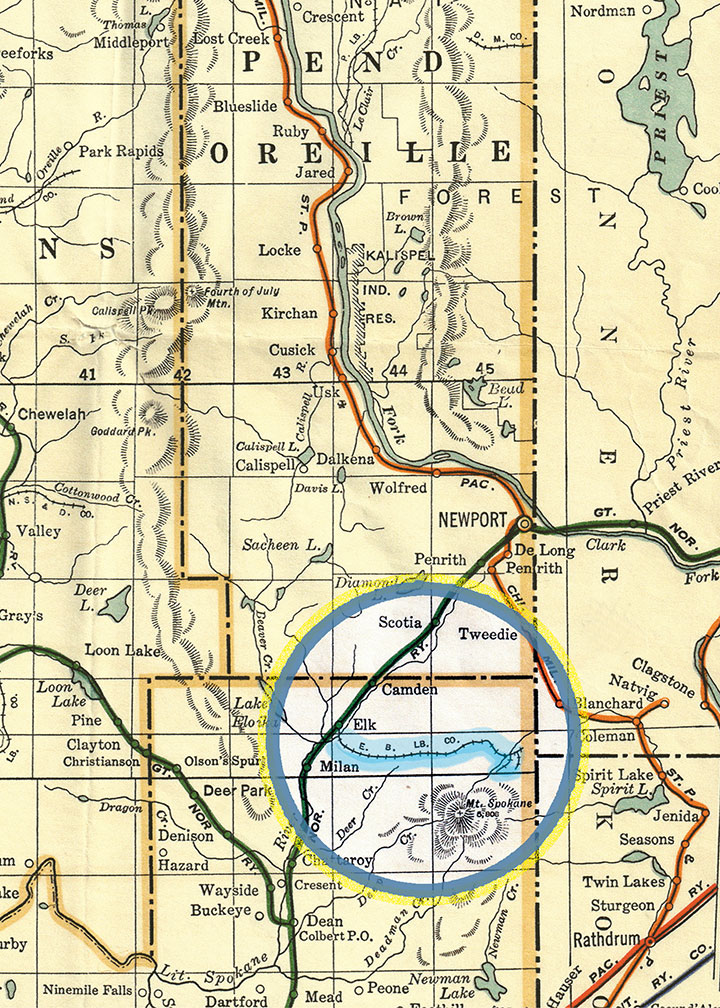
A sawmill, operated by Edwards and Bradford Lumber Company, was located at Elk. It was a band mill powered by steam, cutting both fir and pine logs and had a capacity of 50,000 board feet per day.
The complex also included a planing mill and dry kilns. Outbound lumber went out over the Great Northern Railroad which was also located at Elk. This sawmill was shut down for a time in 1907 for a considerable rebuild. Currently, the railroad was delivering about 150 thousand board feet of logs to the mill daily.
Starting in 1902, the new railroad consisted of a maximum of eight per-cent grades, thirty degrees maximum curvature, and was laid with thirty-pound rail. In 1909, they owned nearly 30,000 acres of timber lands. In 1916, the railroad was purchased by the Edwards and Bradford Lumber Company who logged the slopes of Mount Spokane. In 1925, the company had a motor truck, two logging tractors, a commissary, a machine shop, an electric light plant, an air compressor, and employed 100 men. N. H. Emery was the manager and E. E. Emery was the purchasing agent. Three wood burning locomotives were used with twenty miles of track in service at this time.
Getting back to the oldest Shay in the West, their #1, she was Lima Shop number 62 built in 1883 for the Henry Sherry and Company Wood County Railroad of Vesper, Wisconsin. She was a tiny six-ton, 2-cylinder model with a boot style boiler, her boiler pressure was only 100 pounds, and she was a coal burner holding one ton of fuel. She had 26-inch diameter wheels and 8x8 cylinders. In 1919, she was sold to the Pine Tree Lumber Company of Bend, Oregon.
The other three Shays on the com-pany roster were all two-truck machines purchased new by the company. They were a 23-ton, 28-ton and 32-ton built between 1906 and 1912.
The company operated the railroad until 1932 when it was purchased by Long Lake Lumber Company of Spokane, with mills at Long Lake and other points with previous logging op-erations at Nine Mile Falls, who then abandoned the railroad operation.
I would like to thank Phil Schnell for his help locating photos.
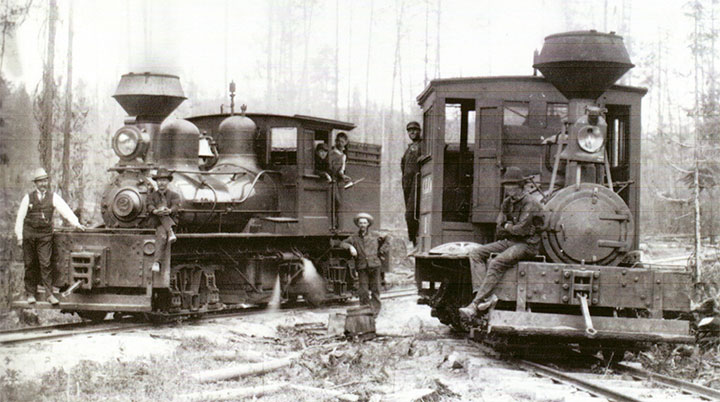
-Photo, Robert Pearson collection.
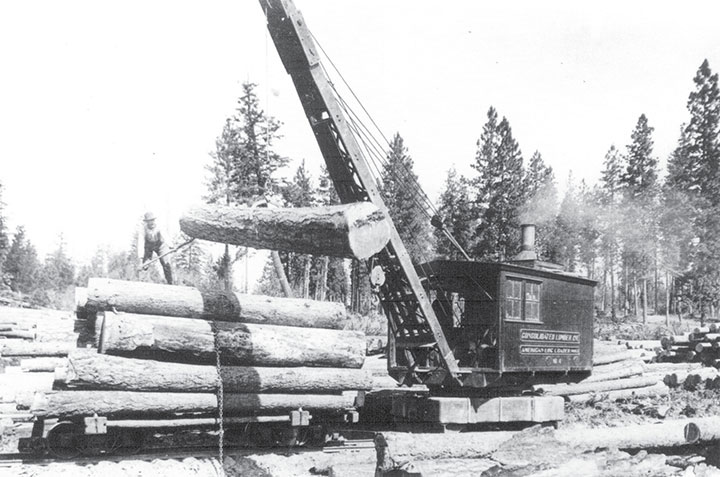
-Photo, John Cummings collection.
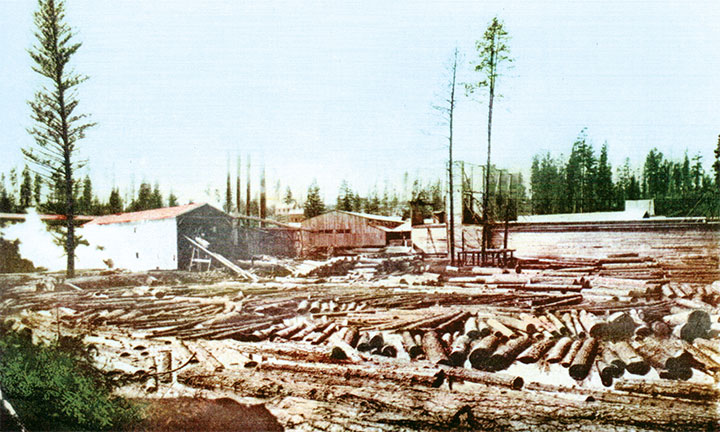
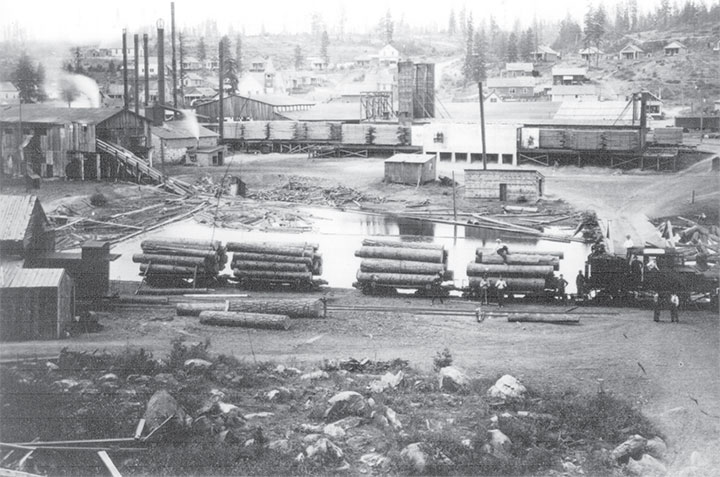
-Photo, Robert Pearson collection.
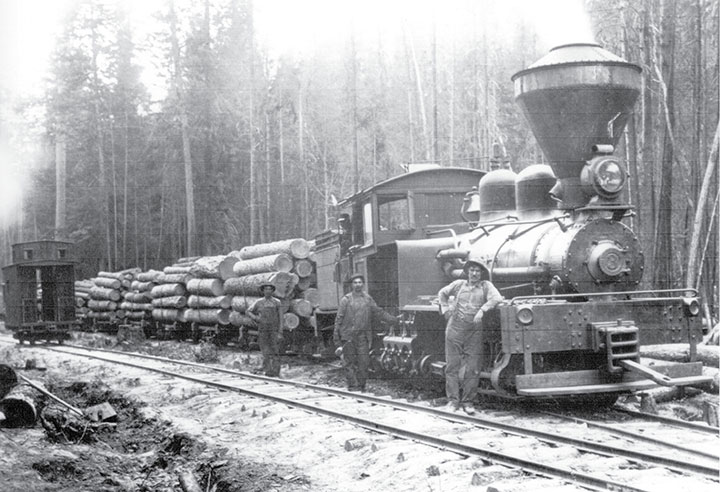
-Photo, Robert Pearson collection.
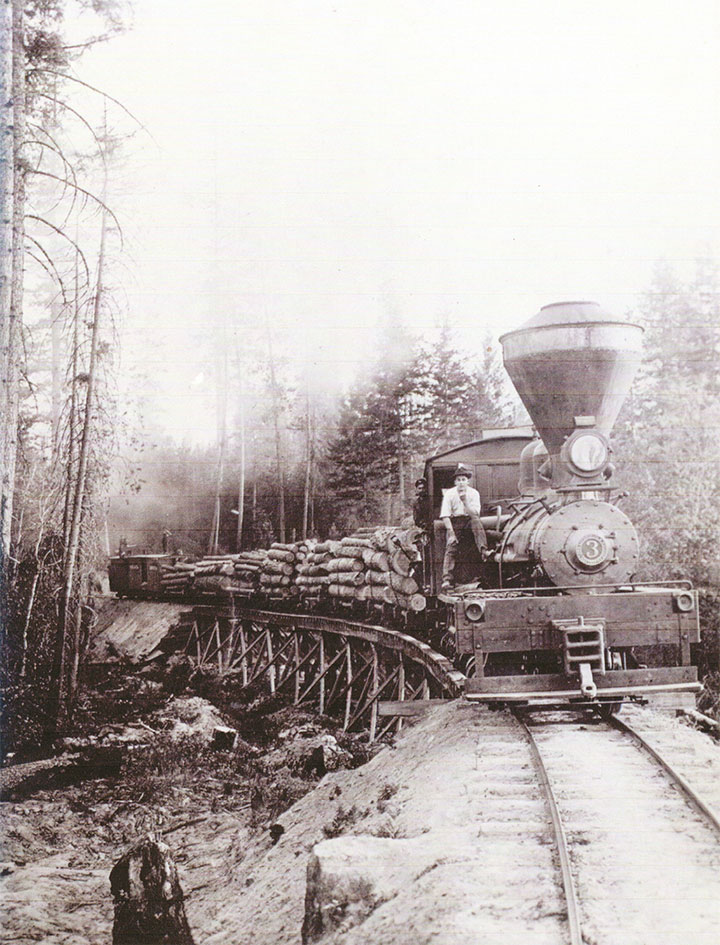
-Photo, Robert Pearson collection.
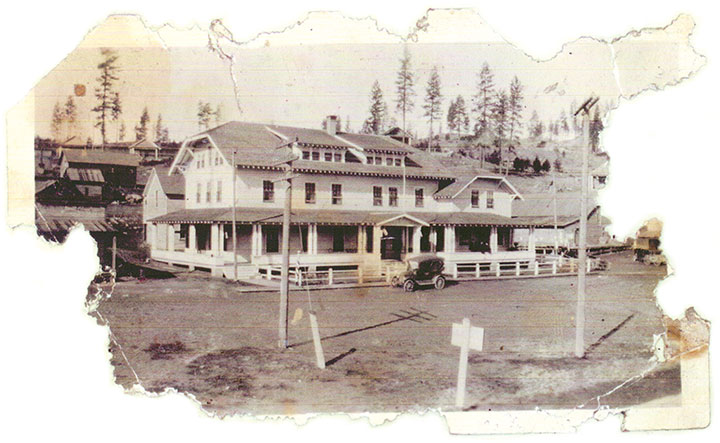
-Photo, Robert Pearson collection.
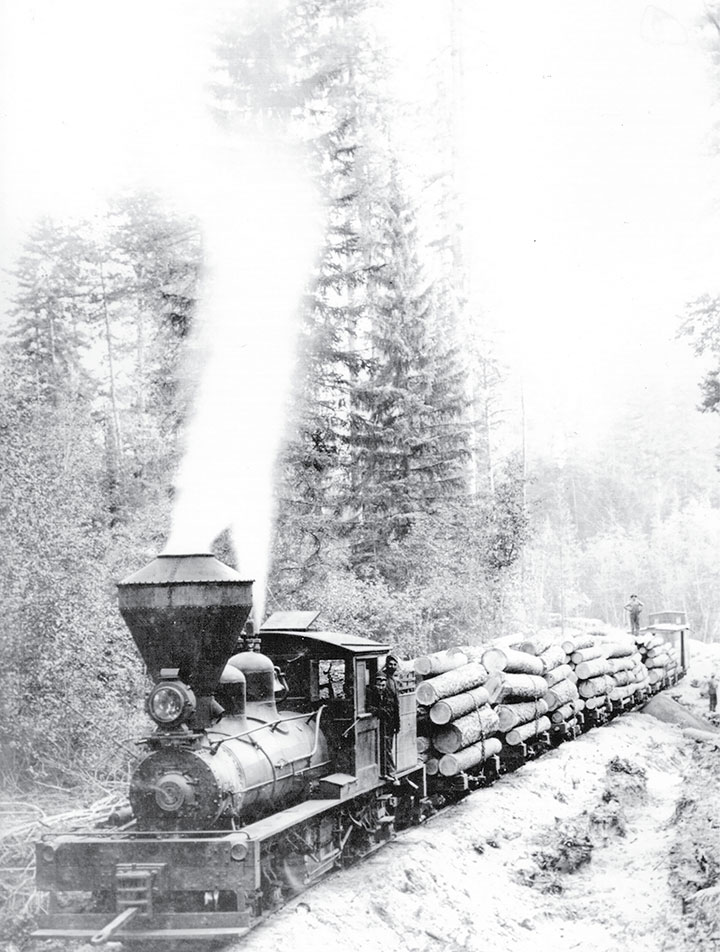
-Photo courtesy Pacific Northwest Chapter, NRHS.
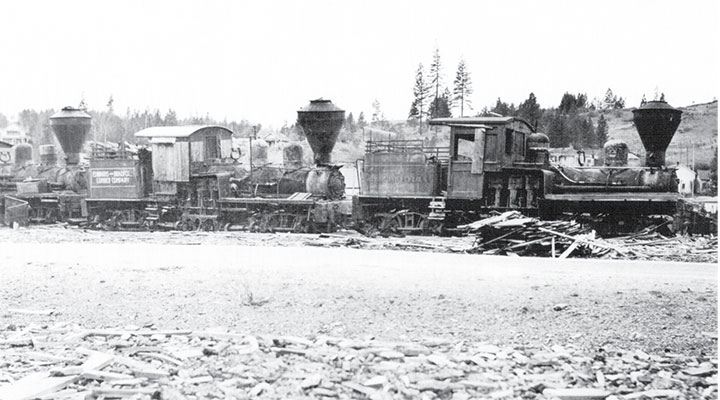
-Photo, Phil Schnell collection.
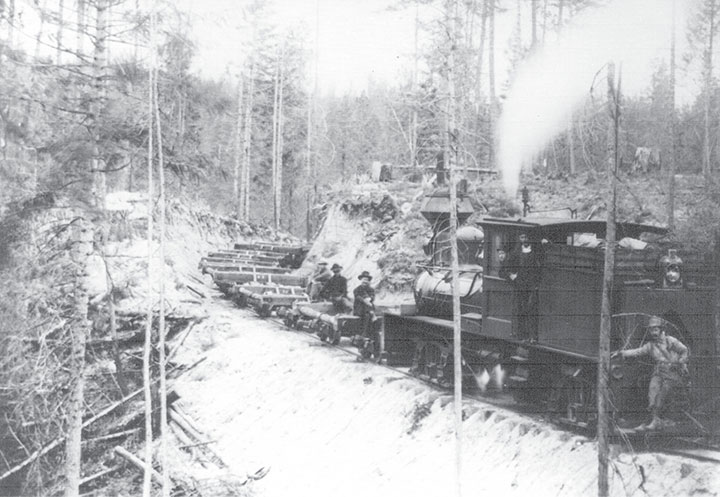
-Photo, Robert Pearson collection.
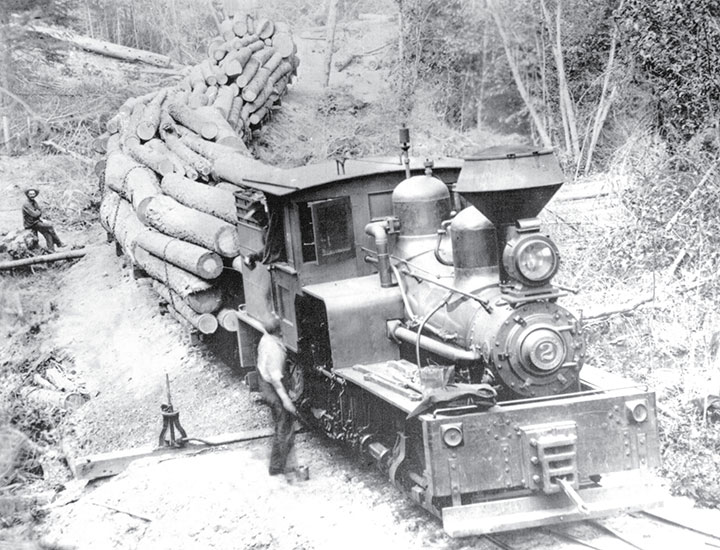
-Photo courtesy Pacific Northwest Chapter, NRHS.
